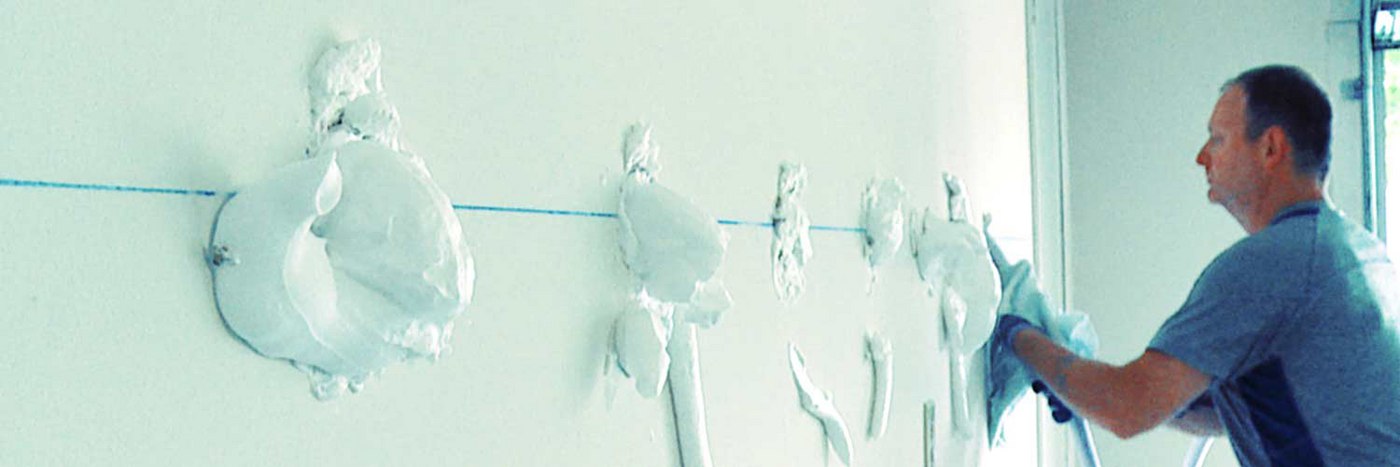Can You Insulate Existing Interior Walls?
injection foam insulation | sound dampening | Existing walls insulation


Are you looking to quiet your house down or eliminate odors from space to space?
Adding insulation to your interior walls can help.
Usually, when people think of insulating walls they think mostly of the exterior walls to keep their home comfortable. RetroFoam of Michigan has insulated thousands of homes across the lower peninsula with foam insulation and some of these projects included interior walls.
All said, yes you can insulate existing interior walls. Now let’s take a look at how this process is done and why.
Insulating Finished Interior Walls
You want to add insulation to your finished interior walls, but what is the process for insulating interior walls after drywall is already in place?
Injection foam can be installed from the inside of your home without having to take down your existing drywall. The crews will drill holes into the stud cavities of the wall so the injection foam can be installed.
The crew will clean up any mess and do a rough patch where the holes were drilled into the wall. You will need to provide the final finish and repaint the wall.
If you are in the situation that the drywall is down and the wall cavity is exposed, then in this instance open cell spray foam can be applied.
Why Insulate Interior Walls?
There are two main reasons to insulate the interior walls of your home – reducing sound and smells.
Let’s talk about reducing sound in your home like if your media room is next to the master bedroom or your teenager likes loud music, or if you’d like a little more privacy in the bathroom.
It’s important to know the difference between soundproofing and sound dampening. If a room has been soundproofed, that means it is impervious to sound.
Sound dampening, or sound deadening, works differently. If you install injection foam insulation into your walls, the sound transmission can be reduced by up to 80 percent. It doesn’t cut the noise out completely, but it does make it a lot quieter.
If you are looking to 100 percent soundproof a room in your home, basic insulation won’t do the trick. You will need acoustic sound panels, noise and isolation foams, sound barrier materials, and noise absorbers.
Now let’s talk about smells.
Think about all of the smells in your garage – exhaust, gasoline, and paint just to name a few. If your garage is attached to your home, all of those smells are seeping in through the common wall. This is why it is recommended to insulate that common garage wall, not to mention it will greatly reduce the amount of outside air getting into your home and treated air escaping.
Injection foam insulation creates an air barrier that will keep those emissions from the garage out of your home, as well as any allergens.
So whether you’re looking to make the kids’ room a little quieter or cut down the smells coming from your garage, injection foam can help.
Adding Insulation to Interior Walls
Now that you know that you can indeed insulate your interior walls, you might have more questions about foam insulation.
If you want to learn more about sound dampening, air seals, and making your home more comfortable, check out the Learning Center on our website.
About Amanda Ringler
Amanda previously has worked as a breaking news and crime reporter, TV news producer, and editor in Flint and Detroit. Throughout her career as a journalist, she has won several awards from The Society of Professional Journalists - Detroit Chapter and the Michigan Press Association. As part of the RetroFoam of Michigan family, Amanda uses her experience as a journalist to write content that will help educate homeowners on the benefits of foam insulation. When Amanda isn’t writing, she’s spending time with her husband and rescued huskies. She also loves knitting, making art, cooking, and hosting dinner and a movie night for friends and family.

.jpg)
